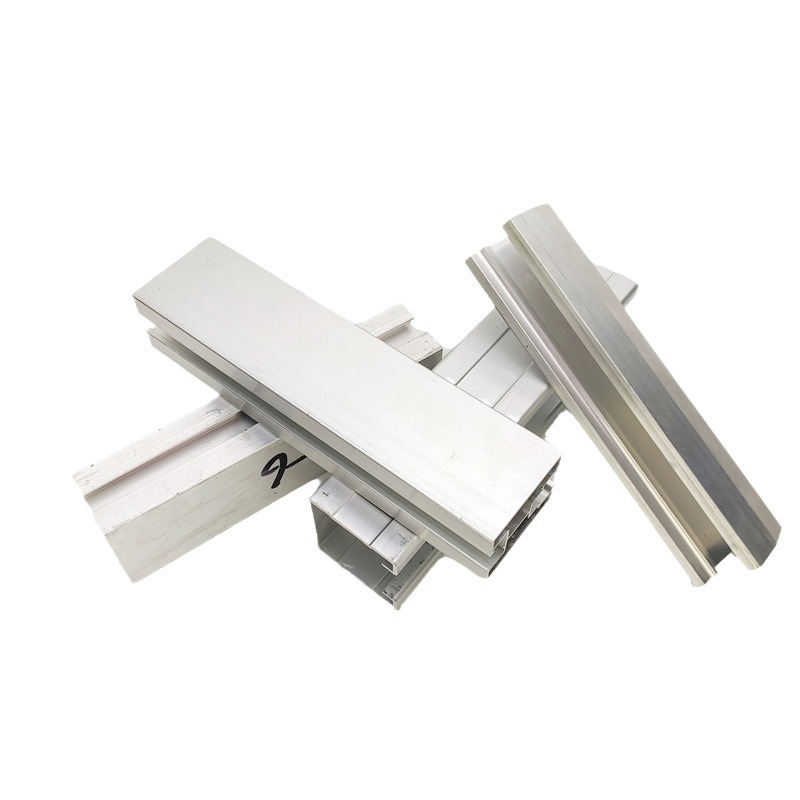

stud bolt unc understanding the basics and applications
ستمبر . 22, 2024 09:45 Back to list
stud bolt unc understanding the basics and applications
Understanding Stud Bolts The Basics and Applications
Stud bolts are essential fasteners used across various industries, providing a reliable solution for joining two or more components securely. Unlike traditional bolts that have a head, stud bolts consist of a long cylindrical rod with threads on both ends, allowing for greater versatility and strength in assembly. This article explores the basic characteristics and applications of stud bolts.
Basics of Stud Bolts
Stud bolts typically come in a standard size and are available in different materials, including carbon steel, stainless steel, and various alloys. The choice of material depends on the application requirements such as strength, corrosion resistance, and exposure to extreme temperatures. The threads on stud bolts can be either coarse or fine, with fine threads generally providing better tensile strength and resistance to vibration loosening.
A key advantage of stud bolts is their ability to provide a more uniform clamping force when tightened. This uniformity is crucial in applications where maintaining tightness is essential to prevent leaks or failures. Additionally, due to their design, stud bolts can be installed with nuts on both sides, allowing for easier alignment and ease of assembly in constrained spaces.
Applications of Stud Bolts
stud bolt unc understanding the basics and applications

Stud bolts are widely used in various industries, including oil and gas, petrochemical, power generation, and construction. In the oil and gas sector, for example, they are often employed in flanged connections in pipelines and pressure vessels, where high pressure and temperature conditions demand robust fastening solutions.
In the construction industry, stud bolts are critical in structural steel applications, providing the necessary support to hold frameworks together and handle substantial loads. They are also used in heavy machinery and equipment assembly, ensuring that heavy components remain securely fastened.
Furthermore, stud bolts are vital in the marine and automotive industries, where vibration resistance is paramount. Their ability to maintain tightness under fluctuating conditions makes them ideal for various assemblies that experience movement and pressure changes.
Conclusion
In summary, stud bolts are a fundamental component in modern engineering and manufacturing, offering strength, versatility, and reliability. Understanding their characteristics and uses enables engineers and technicians to select the appropriate fastening solutions for their projects, ultimately contributing to the safety and efficiency of structures and systems across multiple sectors. As technology and industry standards evolve, stud bolts will continue to play a pivotal role in advancing construction and manufacturing practices, ensuring that they meet the demands of the future.
Latest news
-
Hot Dip Galvanized Bolts-About LongZe|High Strength, Corrosion Resistance
NewsJul.30,2025
-
High-Strength Hot Dip Galvanized Bolts - Hebei Longze | Corrosion Resistance, Customization
NewsJul.30,2025
-
Hot Dip Galvanized Bolts-Hebei Longze|Corrosion Resistance&High Strength
NewsJul.30,2025
-
High-Strength Hot-Dip Galvanized Bolts-Hebei Longze|Corrosion Resistance&High Strength
NewsJul.30,2025
-
Hot Dip Galvanized Bolts-Hebei Longze|Corrosion Resistance&High Strength
NewsJul.30,2025
-
Hot Dip Galvanized Bolts - Hebei Longze | Corrosion Resistance, High Strength
NewsJul.30,2025

